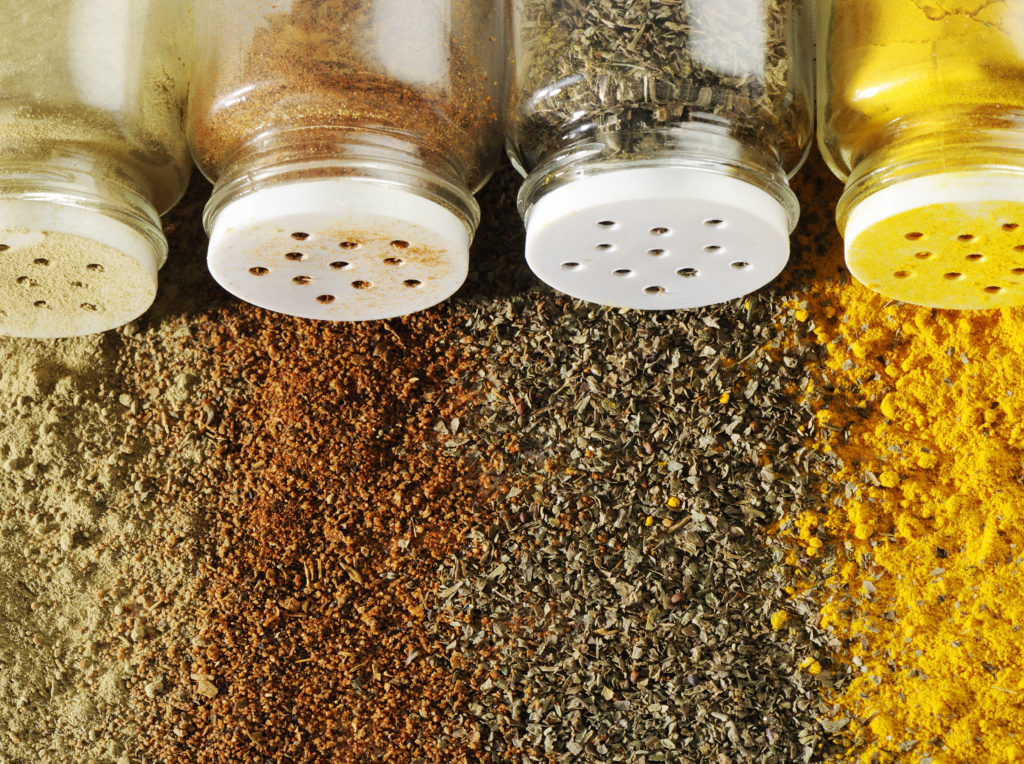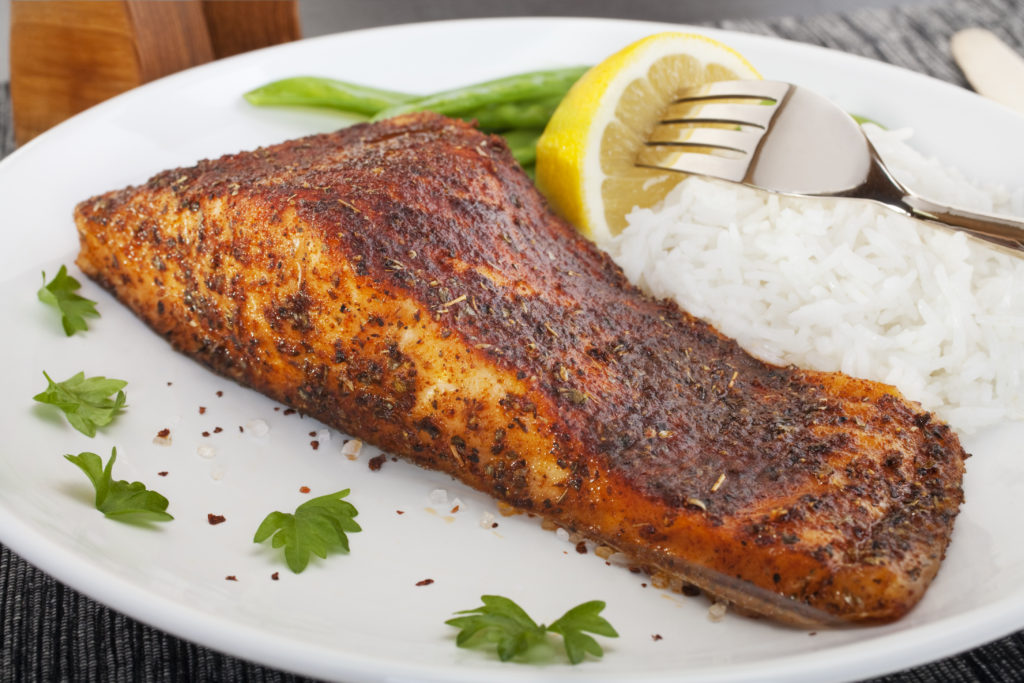Do you find yourself using the same spices and herbs over and over again? Want to get exotic? You don’t have to fly around the planet to get that experience. You can do it right in your own kitchen. With Spice Explorer, we’re taking you on a trip, a journey of palate-pleasing discoveries. Every culture has certain flavor characteristics that make its cuisine unique, distinctive, identifiable. Inject your cooking with new life and new flavors from around the world with Lobel’s Spice Explorer. Buckle up! Here we go!

Blackening is an incendiary cooking technique that fuses spicy dry seasonings into a crispy, intensely flavored, buttery crust. It was originally used on fish, but the technique has been applied to all manner of meat, poultry, seafood, and vegetables.
The late and legendary Louisiana chef, Paul Prudhomme, invented the technique in the mid-80s, and rocked the food world for a loop that has rippled through popular food culture for more than 30 years.
It All Started with Redfish
It all started at K-Paul’s Louisiana Kitchen, nestled among the filigreed wrought iron railings in the heart of New Orleans’ French Quarter on Chartres Street. Back then, it was a small walk-in with a nondescript sign. But you could always tell where you were by the extended line of soon-to-be-patrons waiting patiently for a spot at one of the communal tables inside—no reservations accepted; everybody waited their turn to taste greatness.
Chef Paul’s recipe for Blackened Redfish rode a wave of tsunami-proportioned popularity that became its own phenomenon and engendered all types of mimicry and adaptation–and a lot of poorly executed wannabes.
Varieties of redfish can be found in various areas of the Western Hemisphere. One in particular, the red drum, is commonly found in the Gulf of Mexico, and is consumed widely throughout Louisiana. Redfish has many similarities to red snapper and rockfish, which make excellent substitutes in the original recipe.
So wildly popular was Prudhomme’s famous recipe that the species was overfished, and it was pushed to the endangered species list for a number of years before being restored more recently.
The Technique
Blackening is a seasoning mix and a cooking technique, a form of extremely high-heat searing.
Prudhomme was no stranger to pyrotechnics for a good cause. His potentially explosive method of making roux—that irreplaceable Southern cooking staple—was unconventional, to say the least.
By most common methods, making roux is a low-and-slow stove-top process that requires attention, patience, and a certain amount of stamina. Making a chocolate brown, gumbo-style, roux can take upwards of 45 minutes of constant stirring—because if you stop and the roux burns, it is ruined. Back to square one.
But not with Chef Paul. No, his bombastic version is a volatile, high-heat method that will get that chocolate brown roux in a matter of minutes. However, in the frenzy of stirring, don’t splash any on you—Chef Paul called it Cajun Napalm.
So, blackening also uses a volatile, high-heat process that is best done outside.
Blackened Does Not Mean Burned
The problem with the blackening fad spreading as quickly as it did, a lot of people had the idea but not the required finesse. So the poorly handled technique resulted in a lot of burned food being passed off as blackened.
There is a big difference, however, between blackening and burning.
In blackening, the high heat quickly draws the moisture and sugars to the surface of the fish or meat, and it caramelizes with the blackening spices to create an intensely flavored, crispy exterior texture and sweet-spicy flesh inside.
If it goes beyond blackened to burned, the result is black, bitter, and unpleasant.
As time passed, Prudhomme introduced a companion technique called Bronzing, a less frenetic and lower-heat method of infusing robust and pungent flavors with less risk of burning.
The Recipe: Blackening Seasoning

There are many variations for Blackening Seasoning, but here’s one that is close to Prudhomme’s original.
Ingredients
1 ½ teaspoons granulated onion
1 ½ teaspoons granulated garlic
1 tablespoon sweet paprika
2 1⁄2 teaspoons salt
1 teaspoon cayenne
1 teaspoon white pepper
1 teaspoon black pepper
1 teaspoon dried thyme leaves
1⁄2 teaspoon dried oregano leaves
Directions
Mix all ingredients together and store in an air-tight container.
The Recipe: Blackened Redfish

NOTE: This is a master recipe. Try this technique with boneless chicken breasts or thighs; thin steaks like 8 oz. boneless USDA Prime Rib Steak, flat-iron, or skirt; pork, veal, or lamb chops; or shrimp or scallops. Items less than 1 inch thick are best.
CAUTION: This cooking technique will cause flare ups. It is not recommended for the casual user. Watch the video.
Directions
- Put a large cast-iron skillet directly over a very hot charcoal or gas fire. Close the grill lid and let the skillet heat for 10-15 minutes. The pan needs to be screaming hot.
- Take a fish fillet (or steak, chop, etc.) and dip it in a bath of melted butter, then sprinkle liberally with blackening seasoning mix.
- With long-handled tongs, carefully lay the fish/meat in the pan and stand back. The pan may flare up, and there will be lots of smoke.
- Cook the fish/meat for 2-3 minutes per side, adding a little melted butter to the pan, as desired.
- Remove to a serving platter. For thicker cuts, sear over direct heat for 2-3 minutes and then move to indirect heat to bring the internal temperature up to your desired degree of doneness.
Have you ever tried making a blackened dish? What was your favorite—fish, beef, pork, poultry, or something else? Have you tried experimenting with variations on the blackening seasoning mix?



Leave Your Response